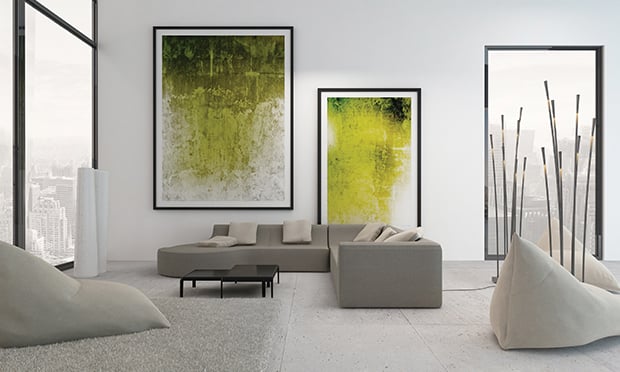 There is no set definition of what constitutes fine art, but generally it is defined as a genuine work with some historic or artistic significance. (Photo: Shutterstock)
There is no set definition of what constitutes fine art, but generally it is defined as a genuine work with some historic or artistic significance. (Photo: Shutterstock)
The world is full of beautiful things: paintings, sculpture, glass works, textiles, figurines, jewelry and other items. Many people collect such things, which are often known as fine arts. However, the category is not as straightforward as it seems. Is the china a bride receives for her wedding a fine art that should be scheduled on the homeowners policy? What about baseball cards? Are they fine arts or collectibles, and should they be added to a homeowners schedule?
Recommended For You
Want to continue reading?
Become a Free PropertyCasualty360 Digital Reader
Your access to unlimited PropertyCasualty360 content isn’t changing.
Once you are an ALM digital member, you’ll receive:
- Breaking insurance news and analysis, on-site and via our newsletters and custom alerts
- Weekly Insurance Speak podcast featuring exclusive interviews with industry leaders
- Educational webcasts, white papers, and ebooks from industry thought leaders
- Critical converage of the employee benefits and financial advisory markets on our other ALM sites, BenefitsPRO and ThinkAdvisor
Already have an account? Sign In Now
© 2025 ALM Global, LLC, All Rights Reserved. Request academic re-use from www.copyright.com. All other uses, submit a request to [email protected]. For more information visit Asset & Logo Licensing.








